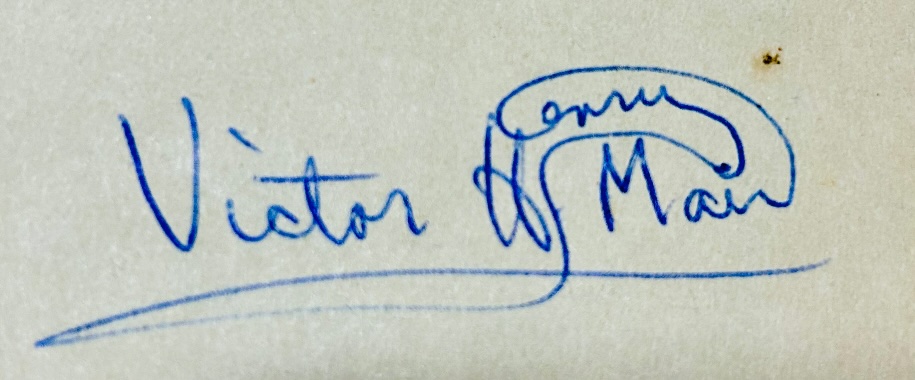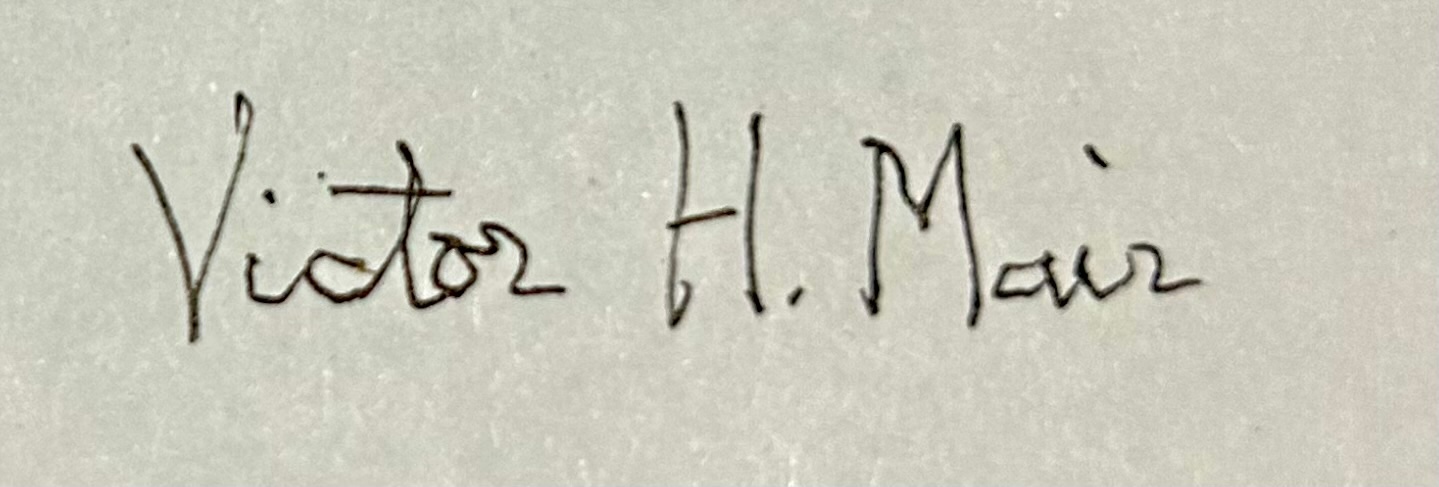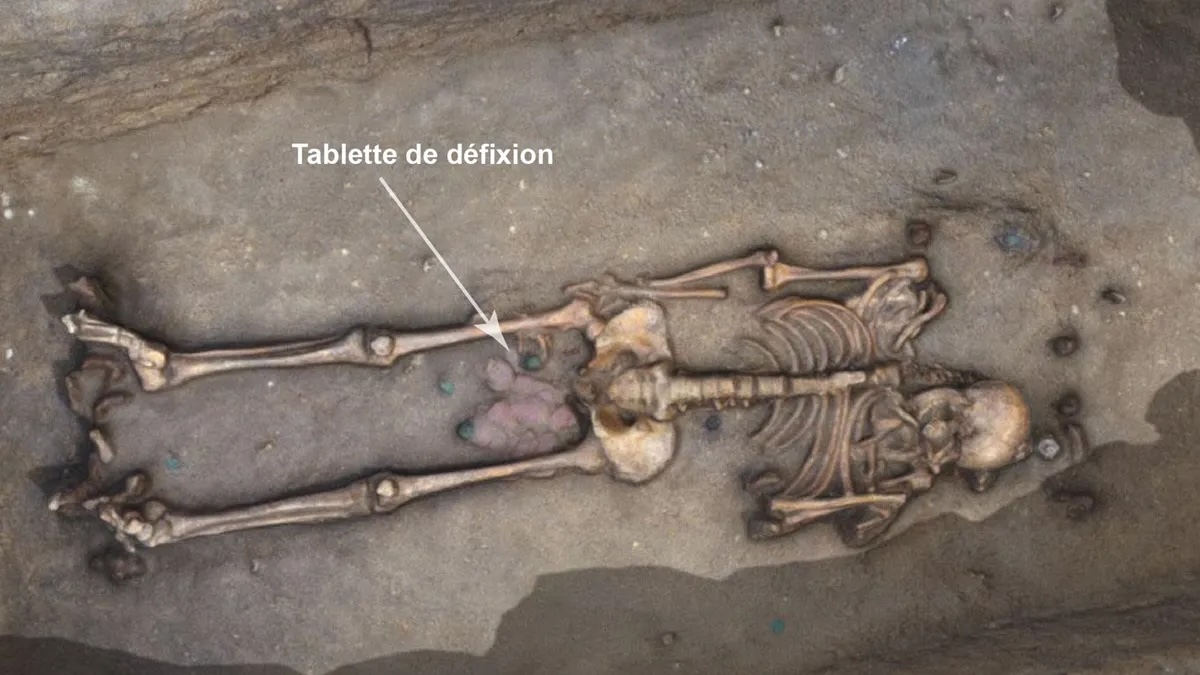Punxsutawney and Maxatawny
It's unlikely that I ever would have written a post on the strange-sounding name "Punxsutawney" because it is so well-known worldwide for groundhog Phil who lives there and can predict whether winter weather will persist after he wakes up from his hibernation, although it is nestled in the wooded hills about 85 miles northeast of Pittsburgh.
On the other hand, few have ever heard of Maxatawny, despite the fact that it is only 65 miles northwest of Philadelphia and situated on mostly flat land.
I never would have been aware of Maxatawny either, but for the miracle of the internet, because I happened upon it while surfing the www, which I have spent a goodly part of my life doing since its invention. When I saw mention of Maxatawny pop up on my computer screen, I was instantaneously nearly catapulted out of my seat because of its obvious likeness to Punxsutawney.
Read the rest of this entry »


